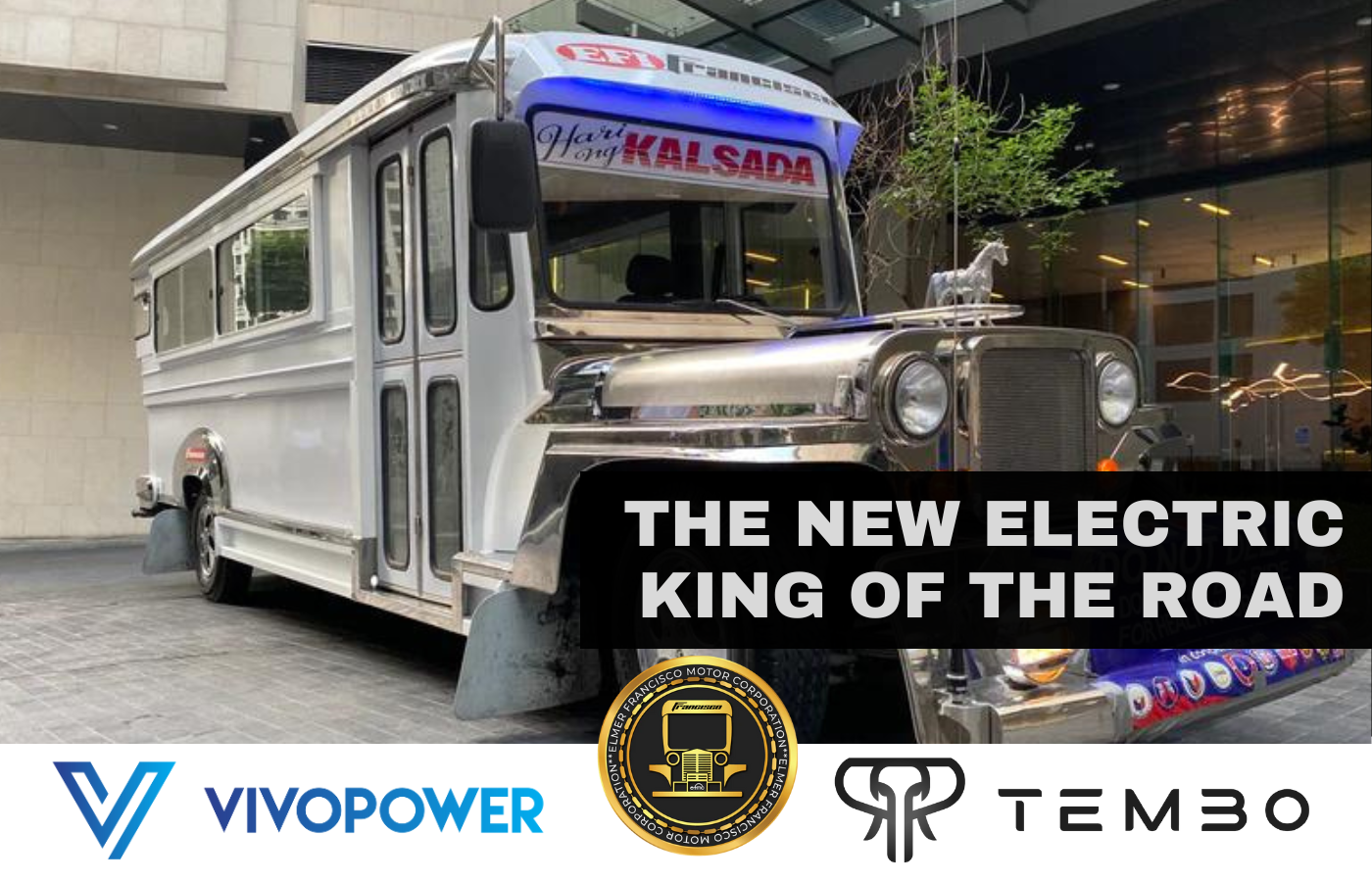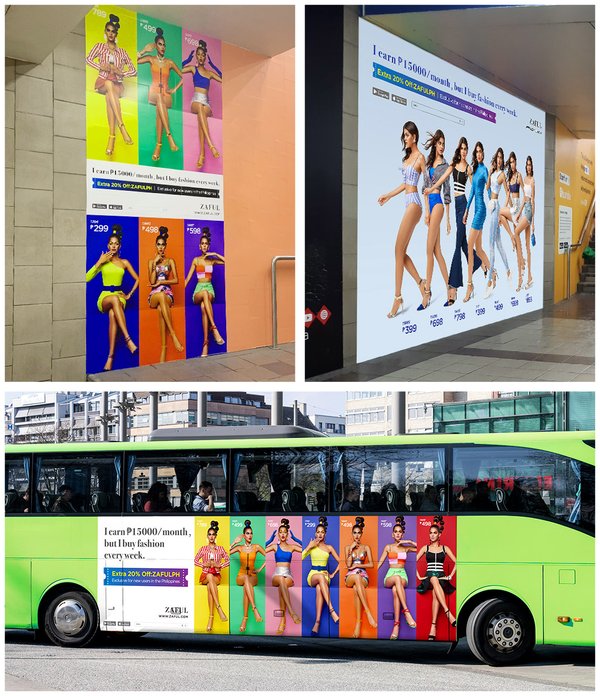Maximize Exposure with Transit Advertising Philippines
Maximize Exposure with Transit Advertising Philippines
Blog Article
Comprehending the Duty of Transportation Advertising in Enhancing Brand Name Exposure and Consumer Involvement
Transit marketing has actually become an essential element in the advertising and marketing landscape, providing special opportunities for brands to boost their presence and engage consumers properly. With the ability to reach a varied and restricted target market during their everyday commutes, these advertising and marketing techniques are not just concerning presence; they are regarding developing meaningful links with potential clients. As we discover the multifaceted benefits and ingenious techniques within transportation advertising, it becomes important to think about exactly how these aspects jointly influence customer assumption and actions, questioning regarding their long-lasting effect on brand name loyalty.
Definition of Transportation Advertising
Transportation advertising refers to the practice of advertising products, solutions, or brand names through promotions positioned around mass transit systems. This form of advertising incorporates a variety of positionings, consisting of posters on buses and trains, digital displays at transit stations, and covers on the outside of automobiles. It aims to get to a diverse audience, taking advantage of the high foot website traffic related to public transit.
Transportation marketing is strategically placed to capture the focus of travelers, who typically spend significant time waiting or traveling. By integrating advertisements into the daily regimens of individuals, brand names can create a long-term perception and foster brand acknowledgment. The medium is specifically effective in city environments, where mass transit is a primary mode of traveling.
Furthermore, transportation advertising can assist in localized targeting, permitting companies to get to particular demographics based upon transit paths and terminal places. As city populations grow and using public transport boosts, this advertising technique has gotten prestige as an important part of incorporated marketing methods. The dynamic nature of transportation advertising and marketing, combined with its capability to involve customers in a captive environment, emphasizes its significance in contemporary marketing techniques.
Advantages of Transit Advertising
The effectiveness of transportation marketing depends on its ability to provide a plethora of advantages to brand names seeking to enhance exposure and interaction. Among the main benefits is the considerable reach it provides; transit ads can effectively target diverse demographics across metropolitan areas, reaching both pedestrians and commuters alike. This broad exposure considerably increases brand awareness.
An additional advantage is the high frequency of perceptions. As transit cars travel along recognized paths and stop at several locations, they create repetitive direct exposure that enhances brand name messages. This frequency fosters familiarity, which is crucial in consumer decision-making.
Transportation advertising and marketing is likewise cost-effective contrasted to various other media platforms. Given its large reach and possibility for high perceptions, brands typically experience a lower cost per thousand impacts (CPM), optimizing their advertising budget.
In addition, transportation advertisements can produce a sense of area link. By aligning with neighborhood transportation systems, brands can reverberate with local audiences and cultivate a feeling of local satisfaction. This localized method enhances brand name loyalty and engagement, making transportation marketing an engaging choice for organizations intending to solidify their visibility out there.

Reliable Methods for Transit Projects
To take full advantage of the impact of transportation projects, brands need to utilize tactical preparation and execution tailored to their target market. First, recognizing the demographic characteristics of the target market making use of public transit is critical. This allows brand names to create customized messaging that reverberates with prospective consumers.
Next, picking the ideal transportation mediums is essential. Whether making use of bus covers, subway posters, or electronic displays, each medium has distinct benefits that can boost presence. For example, dynamic visuals on bus covers can bring in attention, while digital advertisements can be upgraded often to mirror timely promotions.
Additionally, incorporating a natural branding strategy across transit platforms makes sure uniformity and reinforces the brand name's identity. Utilizing memorable taglines and appealing styles will certainly strengthen brand name recall amongst travelers.
Lastly, timing is an essential consider carrying out effective transportation projects. Releasing projects during top travel hours or regional events can considerably boost exposure and interaction. By employing these approaches, brands can successfully harness the capacity of transportation marketing, promoting greater awareness and connection with their target audience. Inevitably, a well-executed transportation project can drive considerable growth in brand presence and customer involvement.

Gauging Influence and Interaction
In examining the efficiency of transit advertising and marketing projects, accurate dimension of effect and involvement is necessary for brands looking for to enhance their marketing approaches. Metrics such as reach, frequency, and impacts supply foundational information to examine exposure. Assessing these aspects helps figure out the amount of potential consumers are subjected to the advertisements throughout their day-to-day commutes.
Interaction can be more evaluated via consumer communications, such as read internet site traffic, social media discusses, and straight actions to calls-to-action included in the ads. Using tools like QR codes or special Links can facilitate tracking of customer behavior directly linked to transportation campaigns. Studies and responses mechanisms also work as valuable techniques to collect qualitative find more information data on consumer perceptions and recall of the ad.
In addition, advanced analytics and attribution designs can associate transportation exposure with subsequent acquiring actions, providing insights right into the return on financial investment. By utilizing a thorough strategy that combines quantitative and qualitative measures, brand names can establish a nuanced understanding of their transit marketing influence. Inevitably, this data-driven strategy enables brands to refine their projects, ensuring they resonate efficiently with target audiences and enhance total brand name visibility.
Instance Researches of Successful Projects
Effective transportation marketing campaign work as compelling instances of just how reliable strategies can boost brand presence and interaction. Transit Advertising Philippines. One notable instance is the "I Love New york city" campaign, which changed the city's picture and brought in numerous travelers. By making use of metro ads, signboards, and bus wraps, the campaign developed a strong, natural brand name identity, causing a considerable uptick in tourist and regional company patronage
One more exemplary campaign is Coca-Cola's "Share a Coke" campaign, which leveraged transit advertising to personalize the brand experience. By featuring popular names on promotional products throughout different transportation systems, Coca-Cola cultivated a much deeper psychological connection pop over to this web-site with consumers, motivating them to share their experiences on social networks.
In addition, the "Got Milk?" project properly utilized mass transit ads to get to a wide audience, strengthening the message of the importance of milk in a balanced diet plan. The campaign saw a measurable rise in milk consumption in target demographics.
These situation researches illustrate that when executed thoughtfully, transit advertising can dramatically improve brand name exposure, foster customer engagement, and drive measurable results, showing its vital role in modern advertising strategies. - Transit Advertising Philippines
Final Thought
In verdict, transportation advertising and marketing offers as a crucial device for boosting brand name presence and cultivating customer interaction. Eventually, the capability to determine engagement and evaluate successful case studies underscores the performance of transportation advertising and marketing in driving brand loyalty and consumer communications.
Transportation advertising and marketing has actually emerged as a pivotal element in the advertising and marketing landscape, supplying special chances for brand names to boost their exposure and engage consumers properly.Furthermore, transit advertising can promote local targeting, permitting services to reach specific demographics based on transportation paths and terminal places.In assessing the effectiveness of transportation marketing campaigns, exact measurement of influence and interaction is vital for brands looking for to optimize their advertising and marketing methods.Successful transportation advertising projects serve as engaging examples of exactly how effective methods can boost brand exposure and engagement.In conclusion, transit advertising and marketing serves as an essential device for boosting brand presence and fostering customer involvement.
Report this page